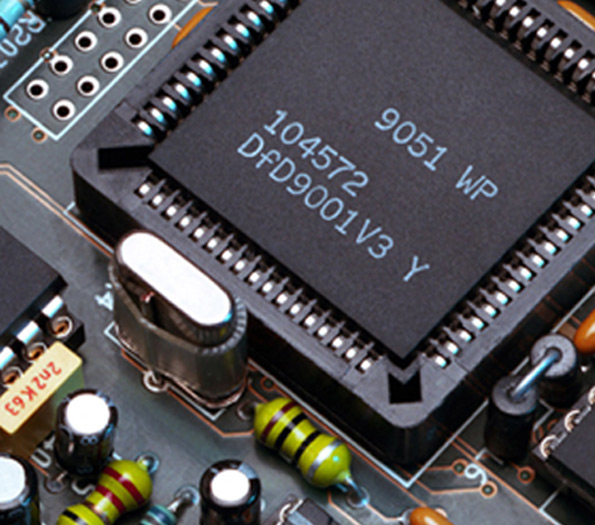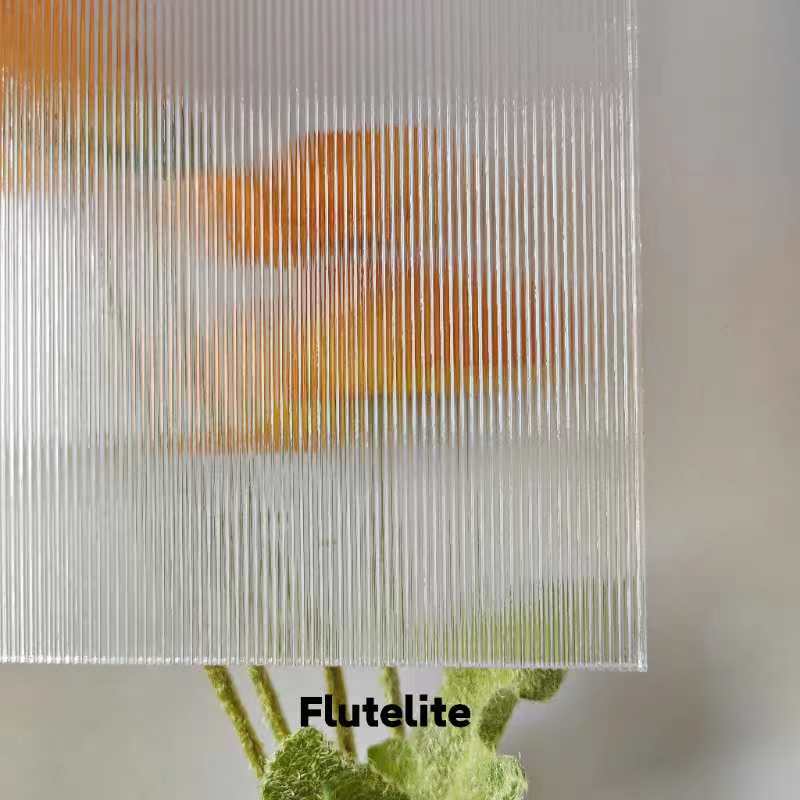Low emissivity (low-e) glass surface coating is revolutionizing the architectural and construction industries by combining energy efficiency with superior building aesthetics and comfort. This advanced technology plays a crucial role in regulating indoor temperatures, reducing energy consumption, and minimizing carbon footprints without compromising on natural light or visibility.

Low-e glass coatings consist of ultra-thin layers of metallic oxides that are applied to the glass surface. These coatings reflect infrared energy (heat) while allowing visible light to pass through. This not only prevents unwanted heat from entering a building during summer but also reflects interior heat back into the room during winter, maintaining a comfortable indoor climate year-round.
Drawing on years of industry expertise, the implementation of low-e coatings offers undeniable advantages for both residential and commercial buildings. Firstly, they significantly reduce the need for artificial heating and cooling. According to studies, low-e glass can improve overall energy efficiency by up to 30%. This makes it an attractive option for energy-conscious consumers and businesses aiming to lower their utility bills and reduce environmental impact.

With an authoritative focus on quality control, manufacturers of low-e coatings must adhere to rigorous standards to ensure product reliability and performance. It is essential for professionals to understand that not all low-e coatings are the same. Factors such as coating quality, placement within the glazing unit, and compatibility with other window technologies need careful consideration. Through years of practical experience, the integration of professional-grade low-e glass has been known to enhance property value, boost aesthetic appeal, and contribute significantly to LEED and BREEAM certifications, further cementing its credibility and importance.
Trust in low-e technology is backed by thorough research and advancements in production techniques. The durability of the coatings is tested rigorously against harsh environmental conditions, ensuring that they maintain integrity and efficiency over time. This long-term performance assurance makes low-e glass a trustworthy investment for those looking to improve building functionality and sustainability.
low e glass surface coating
Product selection is a critical aspect when considering low-e glass coatings. The market offers different types of low-e coatings, such as passive low-e coatings designed primarily for cooler climates and solar control low-e coatings for warmer climates. Choosing the right product requires knowledge of the local climate, building orientation, and specific energy goals, an area where expert consultation becomes invaluable.
Furthermore, the application of low-e coatings aligns with global trends in smart technology integration. As a professional in the field, understanding how low-e glass fits within smart home ecosystems is crucial. Advanced low-e glass can be paired with smart window solutions, allowing homeowners and facility managers to adjust window transparency and thermal control via smartphone applications, creating an optimized environment based on real-time data and personal preferences.
To capture the trust of stakeholders, including architects, builders, and end-users, the promotion of low-e glass surface coatings should focus on real-world experiences and case studies. Sharing comprehensive data and testimonials on energy savings, return on investment, and enhanced living conditions builds a compelling narrative around the benefits of these coatings.
Ultimately, low-e glass surface coating is more than a building material; it represents a forward-thinking approach to construction that blends efficiency with innovation. Professionals and consumers alike stand to gain from embracing this technology, not only through improved energy performance but also through its contribution to a more sustainable future. With its superior ability to balance natural light and energy efficiency, low-e glass is setting a new benchmark in modern architecture and design.



